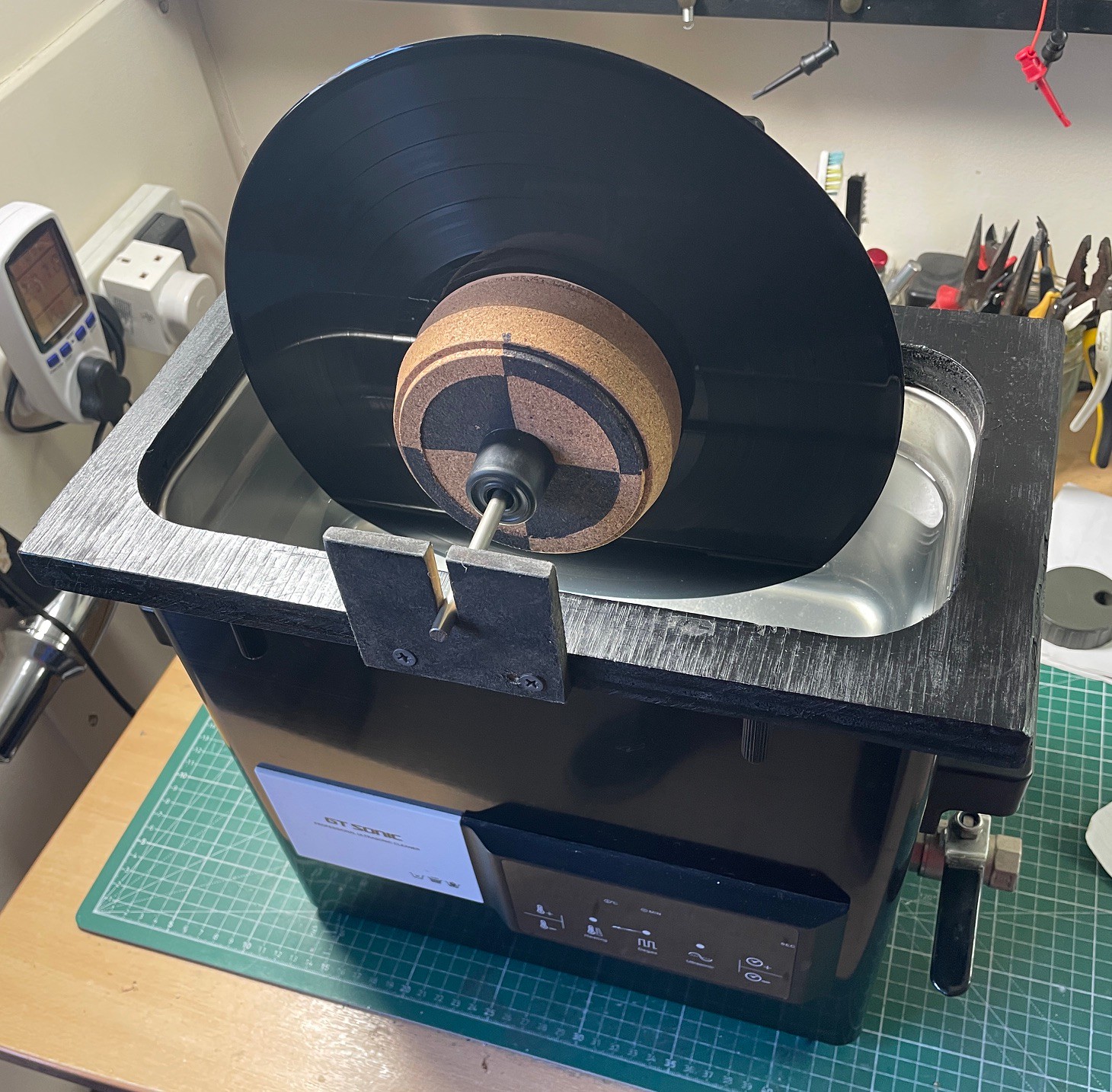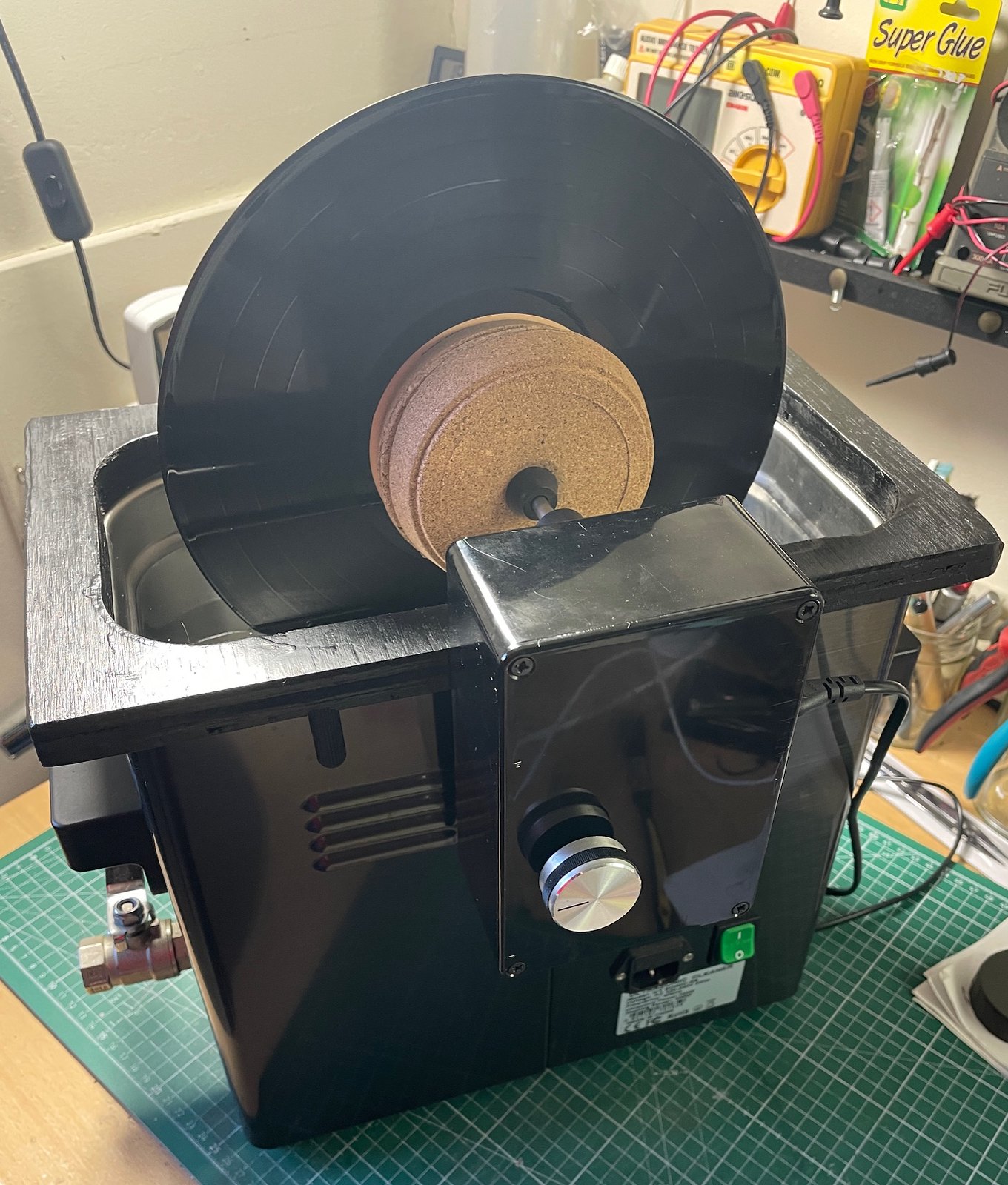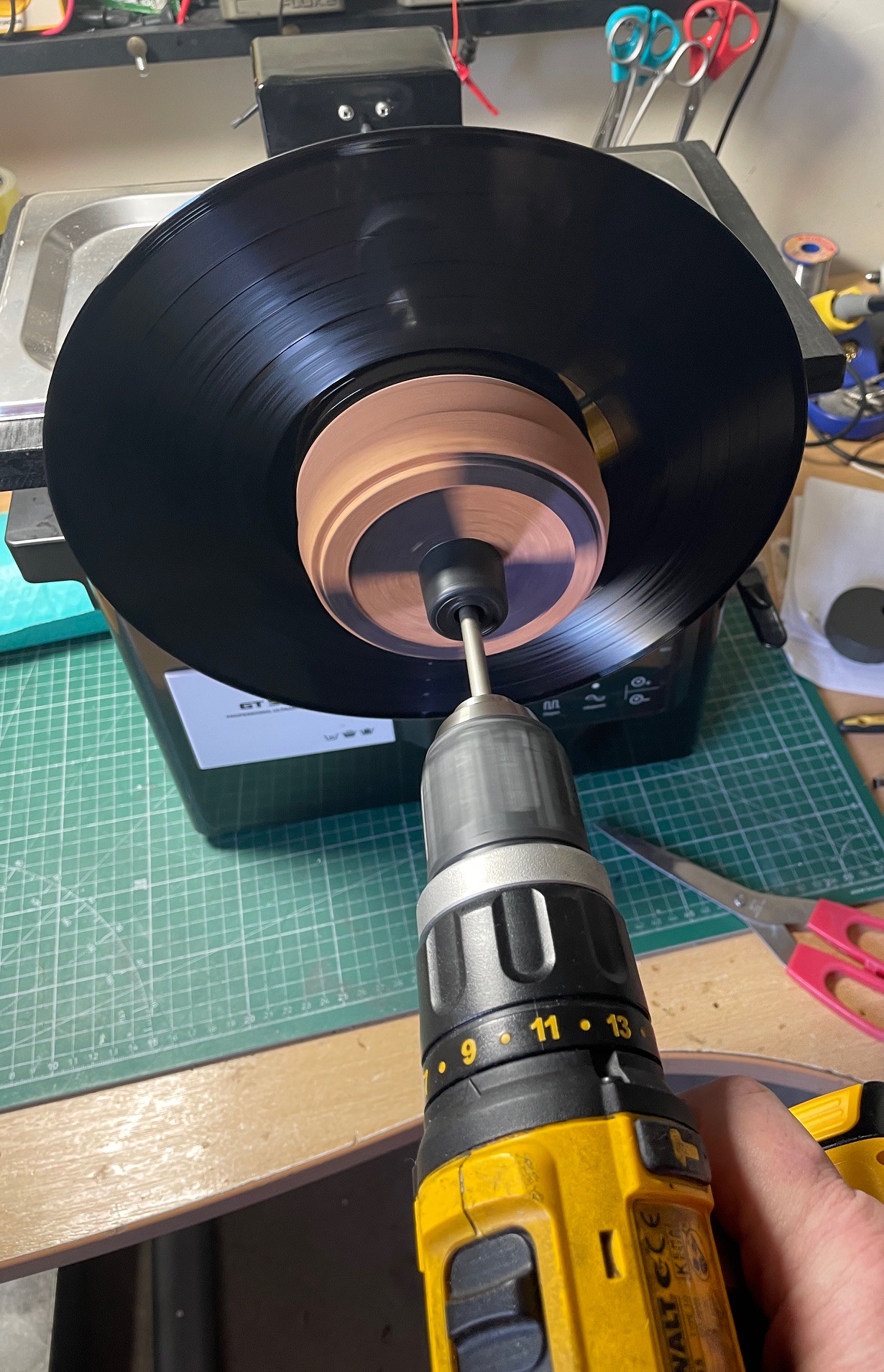Tumeni Notes
pfm Member
Back in the late 1970's I used Permastat fluid, which really DID eliminate static charges and the ability of the vinyl to suck out the entire atmospheric dust once removed from its jacket. You would be able to put a treated album on top of a synthetic carpet and there would be essentially nothing that clung to it upon removal. Try that with an untreated record, and you proably would pull out carpet nails when you attempted to lift it from the carpet along with clumps of carpet fibers entrenched deep within the grooves.
But 30+ years later, ALL the albums treated with Permastat developed horrendous surface noise and obvious distorsion, as the stylus was riding upon a thin film whatever substance the Permastat formed when it was in contact with vinyl for a few decades. This did completely disappear running the albums through a wet-cleaning record cleaner.
I know that Permastat is NOT a record cleaning fluid, but it is a great example of caveat emptor.
Leave a Permastat LP in certain types of poly-lined sleeve, and you get a wonderful crazy paving pattern of Permastat on the LP. Will try and get a picture of one of those from the collection




